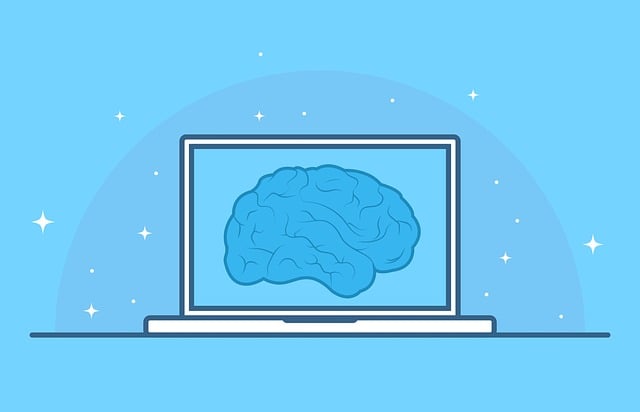
Every successful interaction that occurs between you and your favorite app is the result of the combined efforts of a quality assurance (QA) team. These tireless problem-hunters ensure that every aspect of the apps that mobile device users the world over depend on for their everyday needs work without a hitch, through every single release and update.
The expectations of the modern mobile app user is — that is, almost all of us, nowadays — is nothing short of perfection, and it’s the primary goal of a QA team to ensure an error-free product on each deployment.
The presence of errors and issues can quickly sink an app. Unfortunately, there’s nothing easy about ensuring a bug-free experience. And it’s only getting harder. Today’s software development world becomes more complex by the day, and testing for the many potentials and scenarios that those complexities bring them means that testing itself has become more and more complicated and resource-intensive.
The 1980s: Manual Testing
Let’s take a few moments to consider how we got here. Up until comparatively recently — the “wow-I-guess-that-really-was-a-long-time-ago-now 1980s” — software QA teams relied heavily on manually testing their devices to ensure products pushed out to market performed properly.
It was a simpler time, with devices capable of much less and active in far fewer scenarios, and so manual coding was a sufficient way of testing. While it was tedious work that took a lot of time when thoroughly performed, manual testing worked well for testers.
The 1990s – 2010s: Coded Test Automation
Over the next few decades, advances in testing freed QA testers from the requirements of hands-on laboring through test cases. No longer did they need to manually sniff out bugs in spaghetti piles of code.
They had a new weapon in the war on software issues: Large-scale manual testing had become impractical, and, if any QA team was going to thoroughly test a would-be release in a reasonable amount of time, they needed to execute test scripts through an automation tool.
The 2020s: No-Code Test Automation
Up until very recently, the plight of the QA testing team had become quite dire indeed. To ensure a quality product release, automated testing required ever-increasingly complex code apparatuses meant that QA teams needed to dedicate more and more programmers specifically to testing, rather than to other tasks, like producing new features.
But then came the inevitable. By way of the principle of abstraction — in which interface-based representations pave over incredibly complex processes (consider the ones and zeros hiding behind the article you’re reading now, for example) — many specialists had long heralded the arrival of a rise in a new layer of abstraction, a “No-Code Revolution,” and this has indeed come to fruition of the past few years.
2025? Truly Intelligent Self-Testing Software
That said, in the scheme of things, the No-Code Revolution is just another step forward, and I believe that the next step of software testing is software that tests itself.
I’m not alone on this: Like the No-Code Revolution, self-testing software has been a projected reality for years. At the rate of change and growth in technology, it’s not at all absurd to imagine that by 2025, intelligent test automation (that is, self-testing software), where testing AI operates without human intervention, will greatly expand.
No code still requires people and people aren’t machines: They make mistakes. Even with no code — though greatly reduced — human error remains a factor from which serious issues can still arise. Consider too the excess use of resources, time, and effort that arises from human testing.
The original content of the note was published on Thenewstack.io. To read the full note visit here